
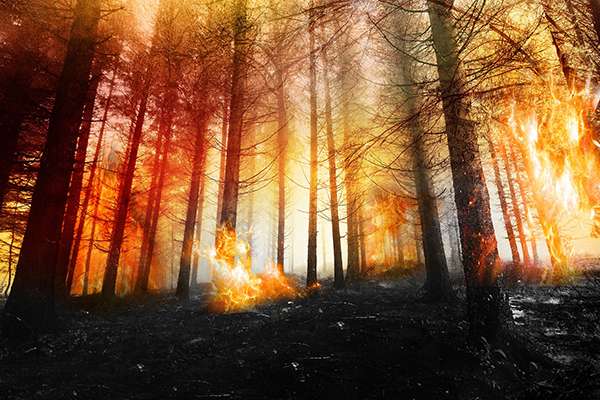
The US National Interagency Fire Center has reported a marked increase in the frequency of wildfires as temperatures rise, from about 18,000 fires in 1983, when they first began tracking them, to nearly 59,000 outbreaks in 2020.
our relationship with Forest fires Complex. Beginning in 1947, one of the most recognizable personalities in the world and one of our country's most beloved spokespeople, Smokey Bear He told us that "only you can prevent wildfires." (That slogan was changed to "Only you can prevent wildfires" in 2001.) For at least five decades, then, in Smokey's eyes, Wildfires were bad. a period. We should get them all out.
But over the past two decades, we've been in a much more subtle time, where we're realizing that Some wildfires are good. Forest fires remove low-growing, heavy shrubs, clear the forest floor of debris, opening it up to the sun, which nourishes the soil. Reducing competition for nutrients allows established trees to grow stronger and healthier; It leaves space for new grasses, herbs and rejuvenating shrubs to grow. They, in turn, provide food and habitat for many species of wildlife. And when the fire clears a thick support of bushes, the water supply increases. With fewer plants absorbing water, streams are fuller, which benefits other types of animals and plants. Fire kills diseases and insects that feed on trees. More trees die each year from disease and insect infestation than from fire. And some types of trees and plants depend on fire. They must shoot every three to 25 years for their cones to open and release seeds to regenerate.
In fact, one recent study revealed that people who strolled through landscapes before and after burning indicated that they understood and appreciated the role of fire in natural environments more than is commonly imagined. While this may come as a surprise to you, here's something really surprising: According to the World Economic Forum, wildfires can help fight climate change.
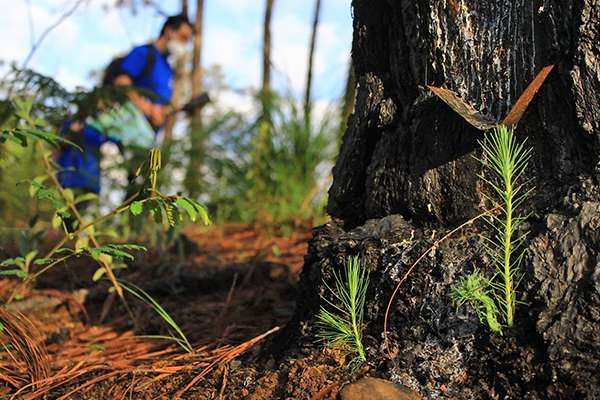
Wildfires clear the forest floor of debris, opening it up to sunlight, and making way for new plants to grow.
Seeing hope in burns
In March 2020, the survey results were published in International Journal of Wildland Fire It revealed that many of us appreciate and understand the role of fire in the landscape—more than you probably would expect.
Between May 2016 and June 2017, researchers from the University of California, Davis, collected responses to a pre- and post-hike questionnaire from nearly 600 people who visited Stebbins Cold Canyon Nature Reserve, A protected area managed by the university. This was about a year after the Wragg Fire that burned the reservation on July 22, 2015, engulfing its expanses of oaks and oaks in Northern California. Respondents were very familiar with the West's history of fire suppression and very knowledgeable about fire topics related to coniferous forests. But they were less familiar with the history and role of the fires in the scrubland and woodlands that dominate much of Northern California.
Before the hike, half of the respondents said they expected to see a devastating scene. But after the hike, almost a third of them came back amazed, energized, and excited about the changes they saw. Among their comments were statements such as: "This region is recovering itself." "just awesome." “Nature is always changing — sometimes now. Today, I felt hopeful.”
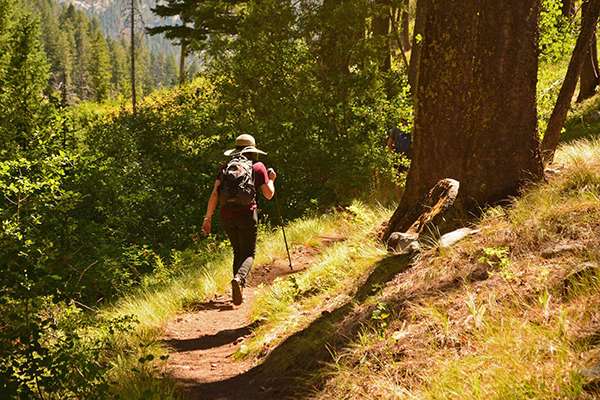
In one study, about a third of the 600 people who walked through a specific natural area before and after shooting came back excited about the changes they saw.
However, there were finer points. While positive responses were more common than expected, most people had mixed views regarding the effects of the fire. For example, some have remarked, "I know it's good, but it's sad when it gets out of control and people lose their homes," or, "I understand." [it] It should happen - but it's devastating! "
For the researchers, this caution has been enlightening. They conclude that we do not give people enough credit for understanding the positive and negative effects of fire while also having difficulty reconciling what they know about good fire against what they see in the news or their own personal experiences.
Overall, though, we get the message that prescribing burns can benefit ecosystems and reduce the risk of catastrophic fires. After taking a walk through a burning place, people can often have overwhelmingly positive experiences, dealing with the consequences and evaluating them as surprisingly beautiful. Knowledge of these repetitive reactions can be used as a tool in education and outreach, as the places around us recover from wildfires.
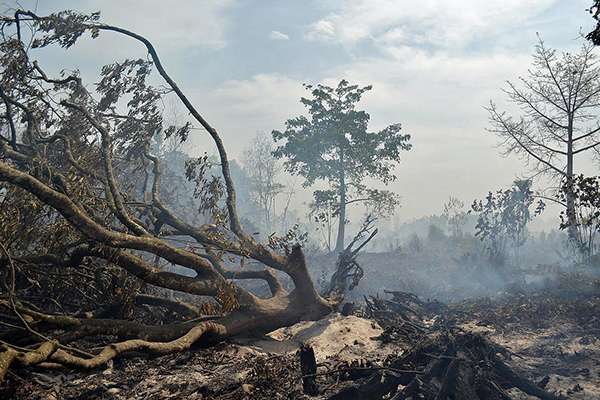
There are good and bad wildfires. Good fires help prevent harmful fires from developing. Some who deal with burnt landscape effects find them surprisingly beautiful.
Watch future fires at GYE
It is expected that in the future, we will witness larger and more wildfires. Climate change Higher temperatures will lead to more droughts, which can be a contributing factor to wildfires. Dry, hot, windy weather (which also creates a more disease- and pest-friendly environment) combined with dry, weak, and dead (and therefore more flammable) plants can increase the potential for large-scale fires.
Now, though, researchers are learning to use artificial intelligence (AI) to estimate the long-term impact that an increasing number of wildfires will have on forest ecosystems.
using complex simulation models Researchers from Germany's Technical University of Munich recently worked with American colleagues to determine how different climate scenarios might affect the frequency of wildfires in the world. Greater Yellowstone Ecosystem (GYE) - which has worldwide fame Yellowstone National Park At its heart — and any areas of forest that would not be able to regenerate successfully after a forest fire. Scientists have found that by the end of this century, forest coverage in GYE will disappear in 28 to 59 percent of the region.
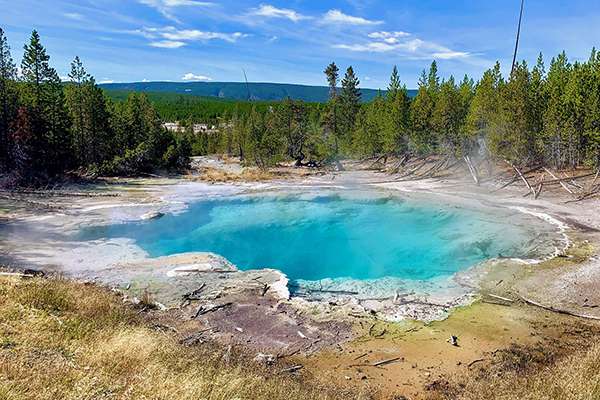
It is projected that by the end of this century, forest coverage in the large Yellowstone ecosystem will disappear in 28 to 59 percent of the area.
Particularly affected will be affected sub-regional forests near the tree line, where tree species are naturally less adapted to fire; and areas on the Yellowstone Plateau, where the relatively flat terrain is often unable to stop the spread of fire.
Forest regeneration in these locations is threatened for several reasons: If the fires get bigger and the distances between surviving trees also get bigger, very few seeds will make their way to the ground. If the climate becomes hotter and drier, the young, weak trees will not survive; And if there is a lot of fire, the trees will not reach the age at which they produce seeds themselves.
This means that by the year 2100, the Greater Yellowstone ecosystem will have changed more than it has in the last 10,000 years and, therefore, will look significantly different than it does today. So far, the researchers say, the loss of forest vegetation today leads to a decrease in carbon stored in the ecosystem, and will also have a profound impact on the biodiversity and recreational value of this distinctive landscape.
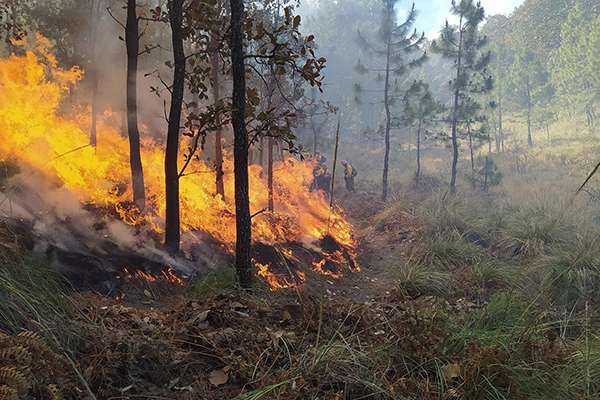
Our climate is changing, and our forests need to change, too. Allowing good natural fires to travel through our forests and cause specific burns will help rebalance forest density, and reduce wildfires fueled by weather factors.
The directions identified in this study are also intended to help National park visitors Understand the consequences of climate change and the urgency of taking data-driven climate protection measures.
Extinguishing good fires and expelling the bad
Adopting such science-based methods would certainly help prepare forests for the impact of climate changes in the future. According to Jad Daly, President and CEO, Inc American forests A nonprofit conservation interest dedicated to protecting and restoring threatened forest ecosystems, distinguishing between good fires and bad fires will also be key.
Many forests have evolved with fire. They need a certain amount of fire to clear bushes and release seeds from some coniferous cones. Unfortunately, climate change has dried up the forests and caused a lot of wildfires. This combination leads to fires that burn so hot that in many places nothing will ever grow again, unless we go back and reforest these areas once the fire is over.

Some pines have evolved to use fire as a trigger to open their cones. The intense heat melts the resinous sap, allowing the cones to open open, exposing the seeds. Then the seeds quickly dry out and are dispersed by gravity, wind and wildlife. © Jim Morefield, Flickr
Allowing good fires to move through our forests when they occur naturally and creating "prescribed burns" - igniting and managing small fires - will help rebalance forest density by clearing smaller and younger trees to create space to prevent climate-fueled wildfires. At the same time, you will ensure that the remaining trees have enough water to survive and thrive.
Our approach to firefighting must evolve and become climate-smart, too. instead of putting it out All Good fires and fires from lightning strikes and other natural causes must be allowed to clear forests to create healthy ecosystems that have the potential to bounce back. And in the aftermath of those wildfires, we need to use science and AI-enabled tools to identify and embrace climate-resilient reforestation, rather than just replanting things as they were. For example, we can move trees that are used to drier, hotter conditions from lower elevations to higher elevations to increase a forest's chances of surviving climate change.
Wildlife reintroduction Eating the parts of shrubs and trees most likely to catch fire can also stop burns in their tracks.
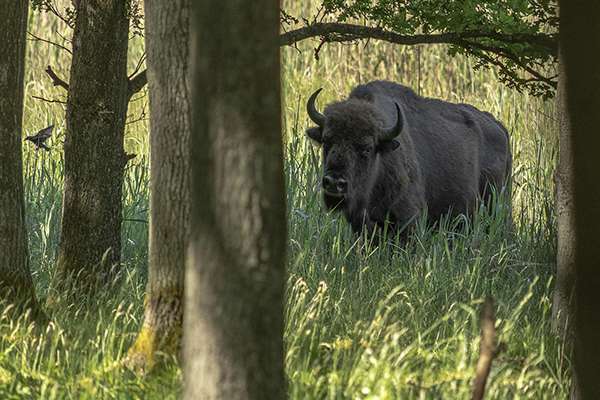
Bison prevent wildfires by clearing forests and plants that fuel the fires. The animals are particularly suited to this task: they can penetrate dense undergrowth, create barren patches of soil by gorging and have voracious appetites.
Walking in the woods
Some wrongly conclude that the bushfire crisis caused by climate change means that forests cannot help in the battle against a warming world, as burned forests release much stored carbon into the atmosphere. But they can. In general, our forests are still overwhelming net solution to the negative effects of climate change.
If you're still in the dark, try walking through a forest after a fire—when it's safe to do so. You, too, might Find a new perspective And a hotbed of hope.
Here's to finding your true places and natural habitats,
candies
Source link
0 Comments